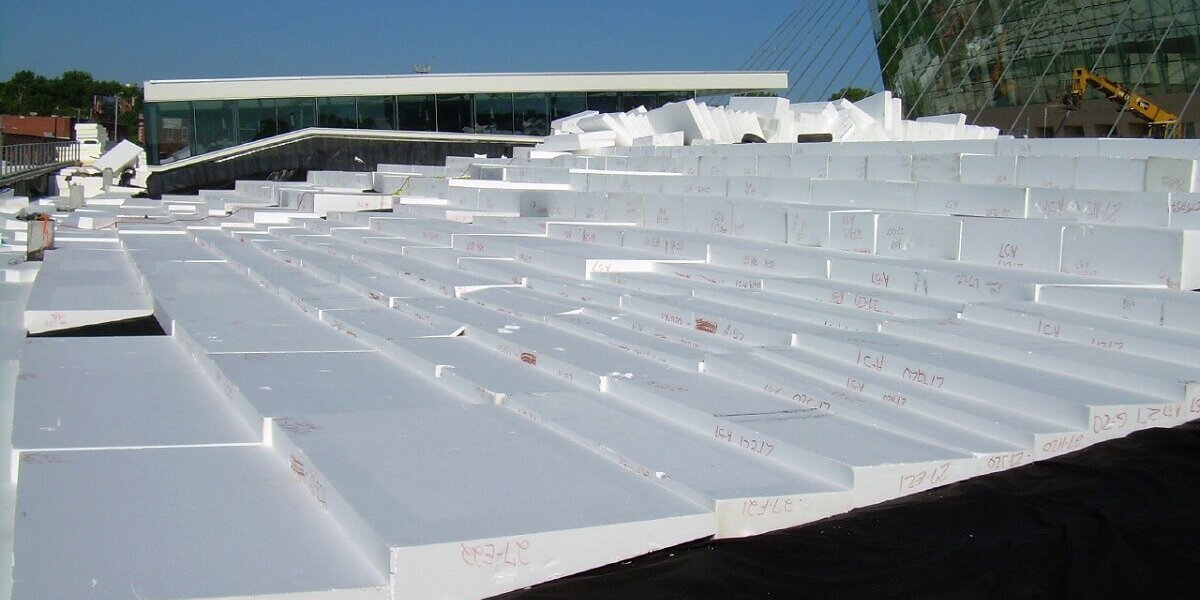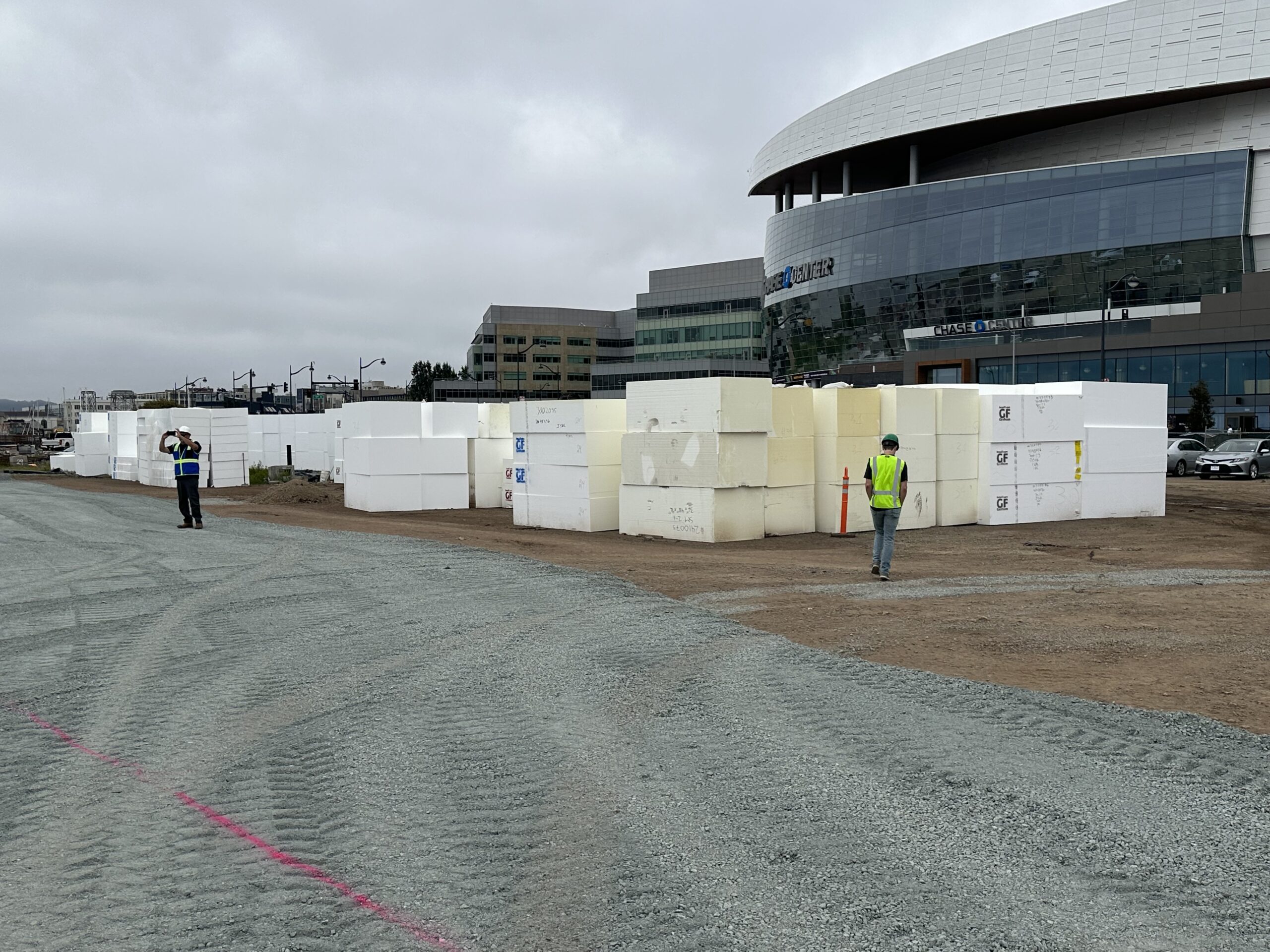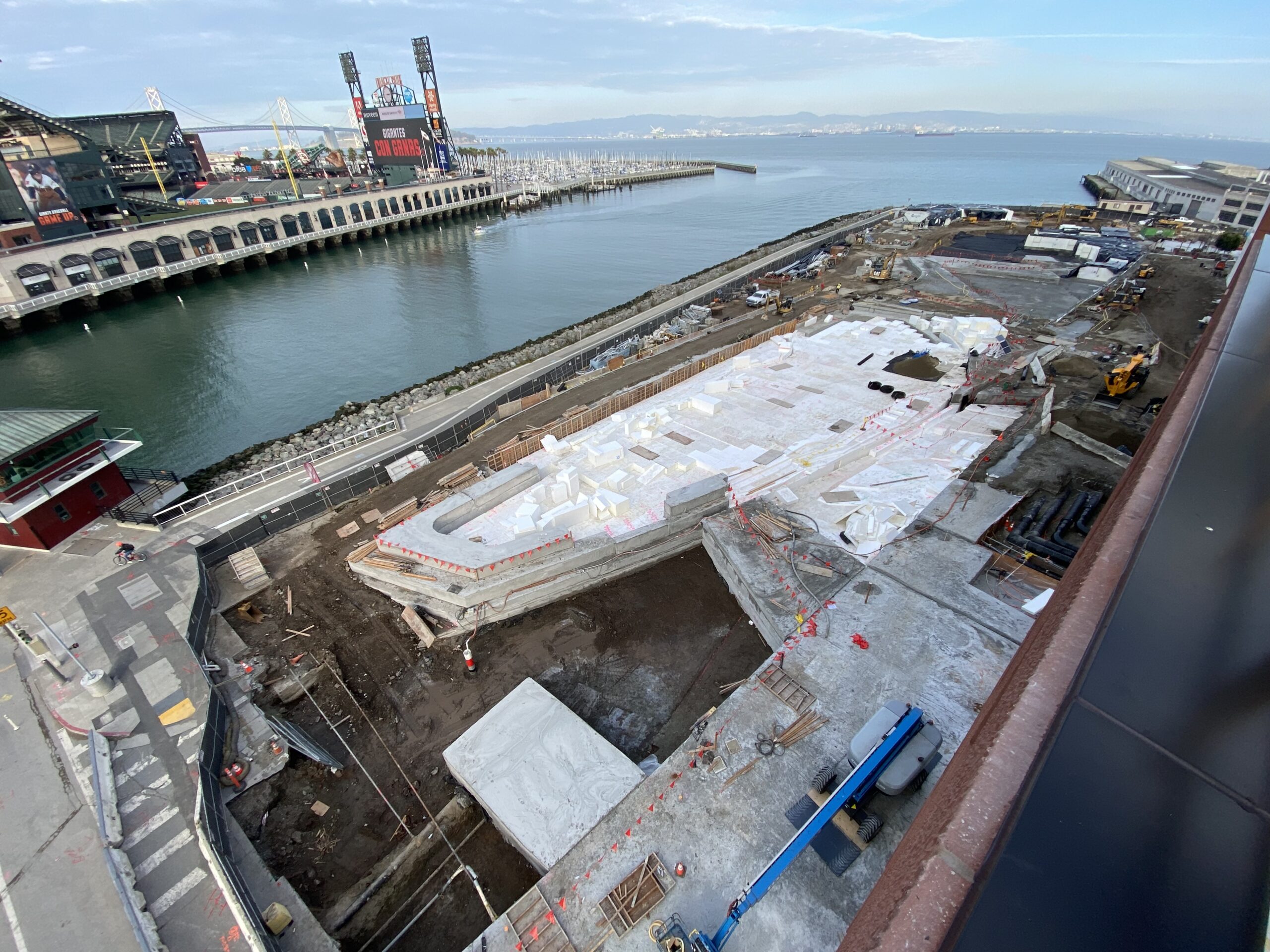Slopes, exposed areas of ground that form an incline, are important components in the construction of infrastructure such as highway and railway embankments and canals. One reason they are so often used in infrastructure projects is that they typically are less expensive to build than retaining walls.
However, whether man-made or naturally occurring, slopes are prone to failure. In fact, according to the Texas Department of Transportation (TxDOT), embankment slope failure is one of the most common issues in the stability of highway structures.
Why slopes fail
Slope failures are a geohazard defined as the downslope movement of rock, soil and debris in response to gravitational stresses. The mass movement of soil down a slope and the depth of slope failure that may occur when this happens depends on four factors: the type of soil, the stratification of the soil (how its porosity changes at different depths), the geometry of the rock slope and the soil’s water content.
Slope failures occur when the soil strength and slope are inadequate to resist the forces resulting from the soil weight and surcharge loads, high groundwater conditions or seismic loading. This process can take place suddenly or happen gradually over the course of many years.
There are many causes of slope failure:
- Slope steepness. The natural tendency of steep slopes to move slope material downward puts them more at risk for slope failure.
- Excessive water. Water can enter the slope through existing cracks. Once water displaces the air between the grains of soil, the soil becomes saturated and substantially heavier. That makes it more likely that the soil will begin a downslope movement. Excessive water can come in the form of heavy rains, long duration of rainfall or flowing water such as streams. It can also come from a steady seepage of water. Seepage also adds to the gravitational downward pull, making the rock slope more susceptible to failure.
- Erosion. Wind and water are the enemies of slopes. Both wind and flowing water can erode the top surface of a slope, making it steep and therefore more prone to slope failure. Streams can also erode the bottom of a slope over time.
- Construction and human modifications. Excavation near the bottom of the slope can destabilize it, increasing the chances of slope failure. Other man-made causes include blasting, irrigation, surface or groundwater manipulation, mining and external loading of the slope.
- Seasonal conditions. The seasonal swelling and shrinkage of slope soil, caused by fluctuations in the soil moisture content, combined with the downward gravitational pull, can cause slopes to fail.
- Earthquakes and Landslides. When earthquakes occur in an area, soil can get displaced and move downward, creating a landslide. This can trigger a rock mass downward movement of soil, especially on steep slopes.
Consequences of slope failure
We all know how horrific landslides can be. You probably remember the news coverage of the Mount Saint Helens landslide in 1980 which took 57 lives. Fortunately, most slope failures don’t involve catastrophic death and destruction. Most are “shallow” slope failures, a term that refers to surface slope failures occurring in highway cuts made through hills and mountains, fill slopes and embankments.
While shallow slope failures aren’t as dramatic as landslides, they still have a big impact. Slope failure can do severe damage to our infrastructure system – bridges, culverts, shoulders, guardrails, pavements – and decrease the longevity of those structures.
Departments of Transportation, that have to directly deal with slope failures, are especially hard hit. For example, the TxDOT annually spends millions of dollars to repair embankment slope failures along state roads and highways.
If the slope soil and debris flow down onto highways and roadways it can interrupt traffic flow and potentially cause accidents. Roads and bridges can be closed for weeks or months and traffic detoured. When our transportation systems are negatively impacted, it may be difficult for workers to get to work and supplies to reach their intended destinations. As you can see, slope failure can have a broad, indirect economic impact on our economy as well.
Improving slope stability
To design a safe slope and make it less prone to slope failure, you have to consider several factors such as the foundation conditions, the geometry and the composition of the soil. Slope stability relies upon a balance between the driving forces (the upper portion) and resisting forces (the bottom portion) within the slope. Driving forces encourage the downslope movement of slope material, in other words, they encourage slope failure. Resisting forces try to hold back that downslope movement. When these two opposing forces are balanced, the slope remains stable. But, any change in the soil condition can disturb that balance. When that happens, the result is slope failure.
There are two ways to increase the stability of a slope. You can increase the resisting forces and you can decrease the load or the driving forces. Some of the more traditional approaches to improving slope stability include, benching, flattening, constructing a toe berm or lowering groundwater levels.
Benching transforms a high slope into several lower slopes by periodically excavating horizontal cutouts along the slope. Benching helps control runoff and minimize erosion but it can’t be used in conjunction with certain soil types such as sandy soils.
Slopes can be flattened by adding more soil to the slope and compacting it which increases the resisting forces, or by excavation, which reduces the driving forces. Flattening may disrupt the slope’s drainage features and is not feasible for large slopes, plus, it involves procurement of fill material, acquisition of additional right-of-way and disposal of extra material. Both benching and flattening can provide more stability and strength to a failed slope, but they may create instability to surrounding soil and structures.
Constructing a berm by using heavy material at the toe of a slope increases the resisting forces. This may not be a cost-effective method for repairing shallow slope failures compared to alternative methods, such as lightweight EPS geofoam. And, while a berm may improve the stability of the slope above the berm, it may decrease the stability of the slope below the berm. Berms may also have a negative impact on the environment, especially wetlands and endangered species habitats. Typically, berms require larger right-of-way purchase and construction access limits.
The most common cause of slope failure is water. Lowering the water table dries a large portion of the hillslope which increases the shear strength of the soil. This process decreases the driving forces, and ultimately, the probability of slope failure. Typically, this method of improving slope stability is used in conjunction with other methods. If the hydraulic conductivity of the soil is too low, the groundwater lowering measures may only be temporary. In addition, the long-term performance of water management methods require continued monitoring and maintenance, raising the overall cost.
Improving slopes with geofoam
Improving slope stability, whether in new construction or in repair, is an increasingly popular use for EPS geofoam. It’s been used to improve slope stability in major projects all over the United States, including the Woodrow Wilson Bridge replacement in Virginia, the I-15 Reconstruction Project in Utah, the Central Artery/Tunnel project in Massachusetts, the U.S. Highway 160 project in Colorado, State Route 23A in New York, Bayfield County Trunk Highway A in Wisconsin and State Route 44 in Alabama.
Using EPS geofoam decreases the overall slope weight, thereby lowering the driving forces. EPS geofoam is super lightweight – only 1% the weight of soil, which weighs 110 to 120 pounds per cubic foot. That means it can significantly reduce the pressure and load against the side of a hill and reduce the shear stress on underlying soils, substructures or adjacent structures, decreasing rotational and lateral slope movement. All of this means a more stable slope.
Soil is subject to erosion, which can cause slope failure, but erosion’s not an issue for EPS geofoam. It’s strong (up to 60 psi) with a high compressive resistance rate, so it can stand up to harsh conditions. It won’t rot, deteriorate under normal conditions or decompose over time, making it practically maintenance-free. In addition, EPS geofoam’s closed-cell structure (98% air) inhibits moisture intrusion. EPS geofoam resists vibrations, absorbing the impact of earthquakes and tremors on the slope, to keep it more stable.
Finally, because EPS geofoam is so lightweight, construction workers can lift and position the pieces by hand. No heavy earth-moving equipment is required. That makes for a faster, easier installation than using soil.
So, when your project involves improving slope stability – whether it’s for a new project or a repair to an existing hill or embankment – consider using EPS geofoam. With EPS geofoam you have the potential to improve the longevity and stability of the slope, dramatically reduce the amount of maintenance required, finish the job faster and easier, reduce your workforce, and save money. Now, that’s a no-brainer!







